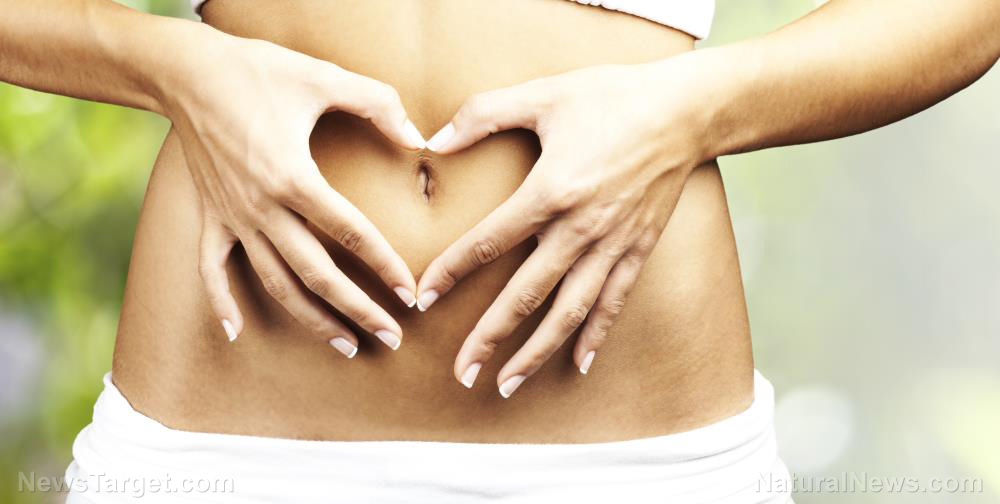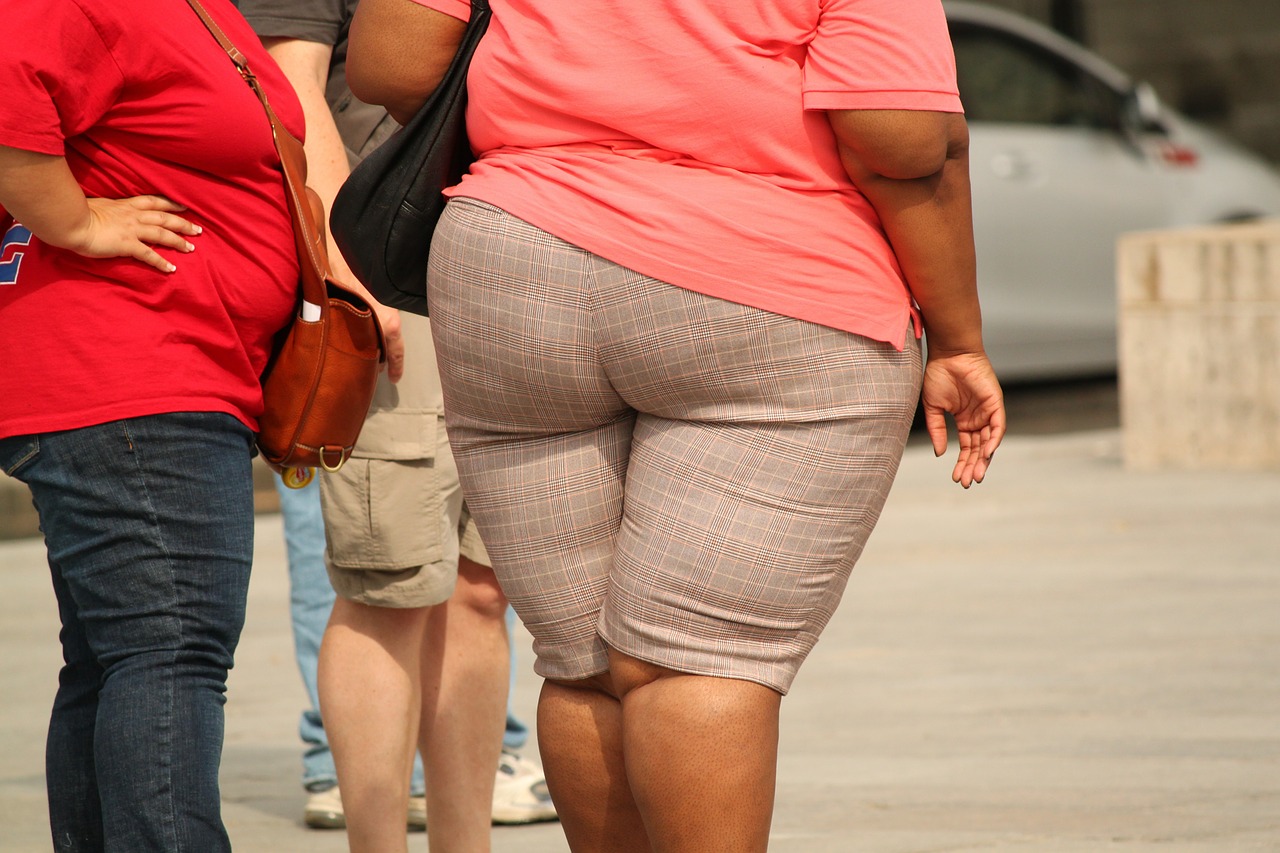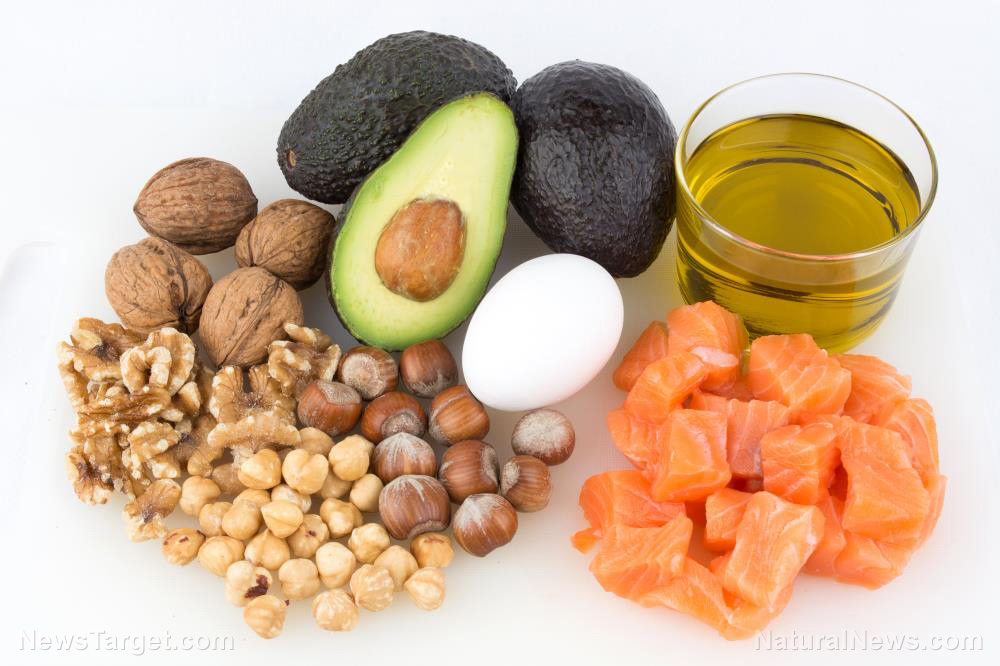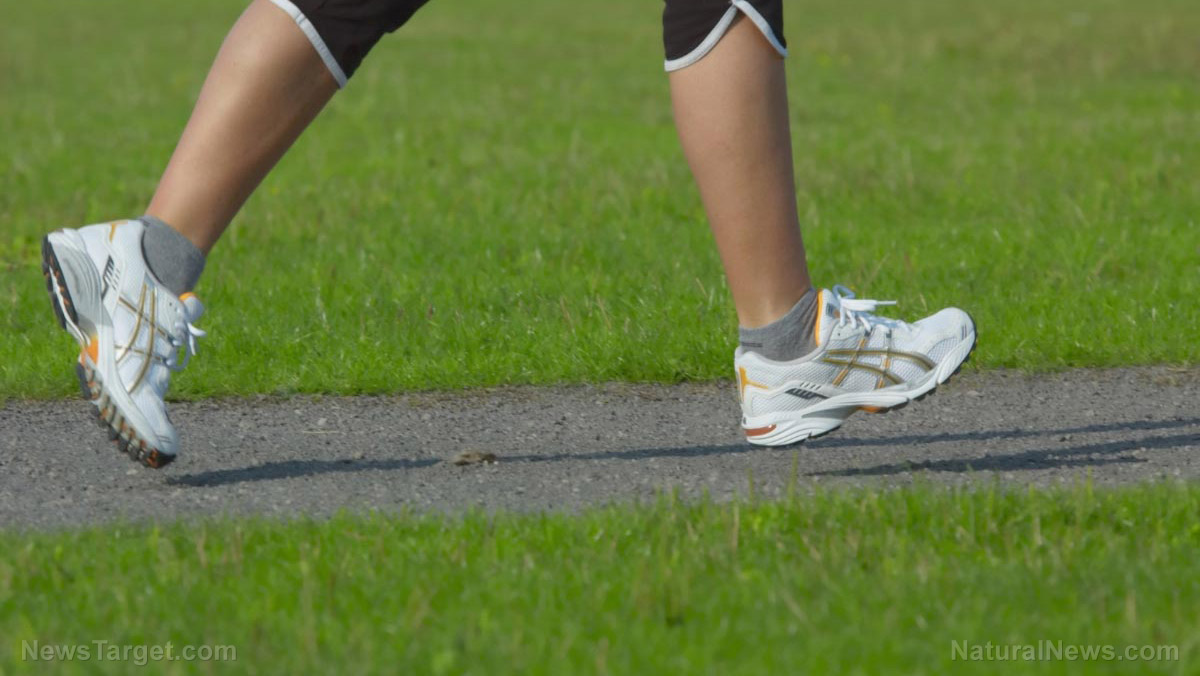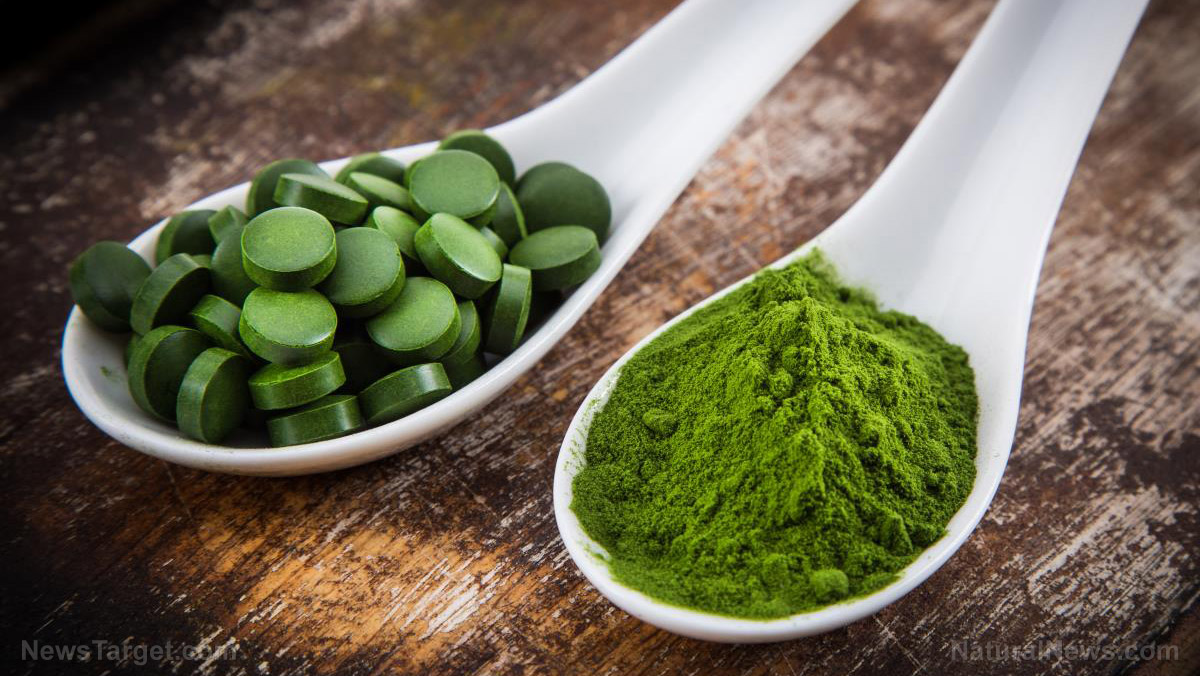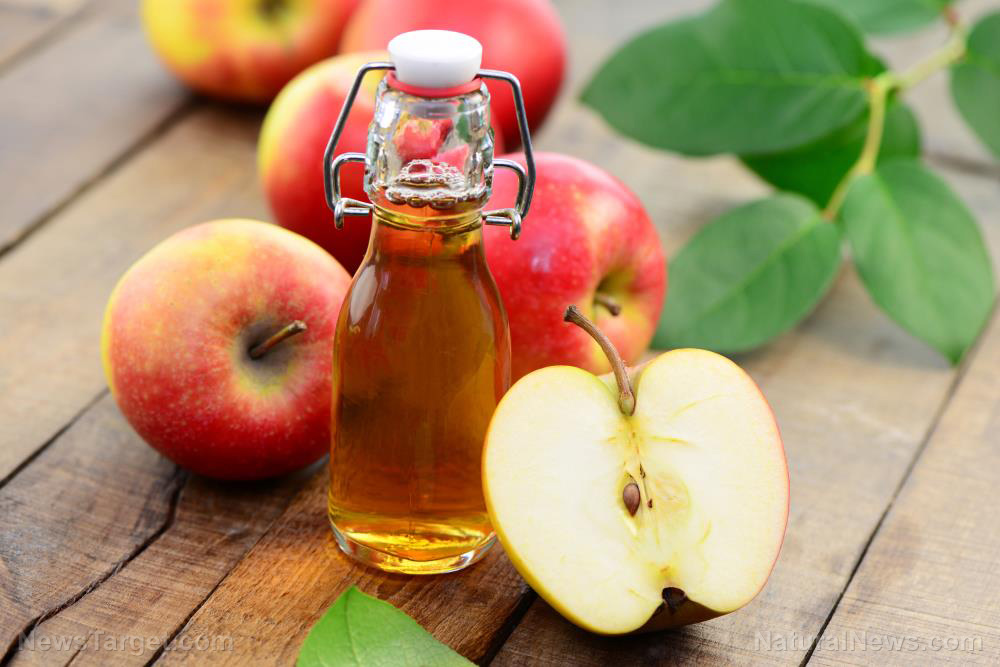Research shows that wet cupping therapy can improve musculoskeletal pain
01/09/2019 / By Michelle Simmons
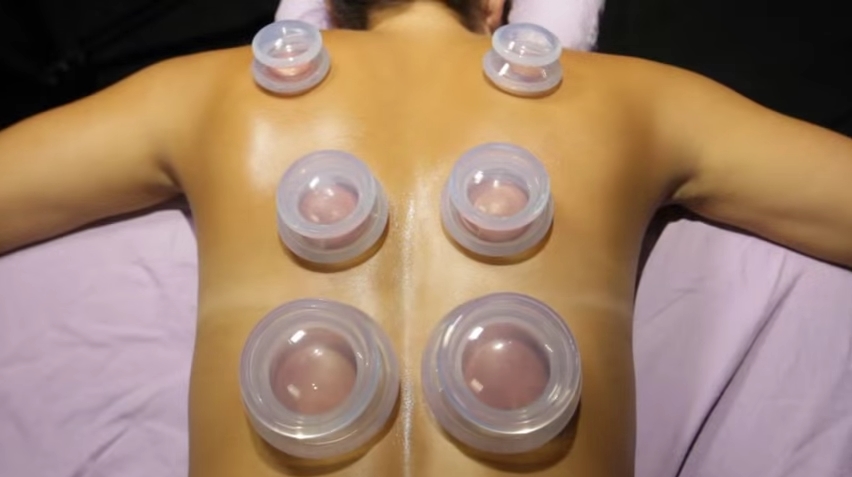
Many countries use wet cupping as a traditional therapy for relieving musculoskeletal pain, so researchers in Saudi Arabia and Singapore aimed to evaluate the safety and efficacy of this traditional therapy through a systematic review. In their review, which was published in The Journal of Alternative and Complementary Medicine, they found that there is promising evidence in favor of the use of wet cupping for musculoskeletal pain, particularly nonspecific back pain, neck pain, carpal tunnel syndrome, and brachialgia.
In many countries, wet cupping is a widely used traditional therapy for many conditions, including low back pain, neck pain, carpal tunnel syndrome, and brachialgia. Researchers in Saudi Arabia and Singapore found promising evidence on the safety and efficacy of this traditional therapy through a systematic review.
For the review, the researchers gathered and analyzed the available evidence of wet cupping in traditional and complementary medicine. A total of 14 studies were included in the review. These studies were randomized clinical trials that evaluated wet cupping against any type of control interventions in patients with any clinical condition and healthy individuals.
Out of the 14 studies, nine favored wet cupping over various control interventions in nonspecific low back pain, hypertension, brachialgia, chronic neck pain, oxygen saturation in smokers with chronic obstructive pulmonary disease (COPD), and oral and genital ulcers due to Behçet disease. On the other hand, five trials revealed that wet cupping did not cause any effect on nonspecific low back pain, hypertension, brachialgia, migraine headaches, and physiologic and biochemical parameters of healthy individuals.
Based on these findings, the researchers concluded that wet cupping is a promising treatment for musculoskeletal pain, especially nonspecific back pain, neck pain, carpal tunnel syndrome, and brachialgia. (Related: Pilot study concludes pain-relieving effects of wet cupping therapy.)
More on cupping therapy
Cupping therapy, in general, is a type of alternative therapy originating in China that involves placing cups on the skin to create suction. The suction enhances blood flow to the area where the cups are placed, relieving muscle tension, improving overall blood flow and promoting cell repair. Cupping therapy can also help in the formation of new connective tissues and the creation of new blood vessels in the tissue.
Wet cupping is one of the two main categories of cupping done today; the other one is dry cupping. Dry cupping is a suction-only method; on the other hand, wet cupping involved both suction and controlled medicinal bleeding.
People use cupping to treat a wide variety of conditions. It is said to be particularly effective at relieving conditions that cause muscle aches and pain. This practice may also be potentially effective at treating digestive problems, skin problems, and other conditions commonly treated with acupressure because the cups can also be applied to major acupressure points. Some people use cupping therapy as a complementary treatment.
A review published in the journal PLOS ONE suggested that cupping therapy’s therapeutic effect may be more than just a placebo effect as the researchers found that it may help with many conditions, such as acne, cervical spondylosis, cough and dyspnea, facial paralysis, herpes zoster, and lumbar disc herniation.
Read more news stories and studies on other alternative treatments like wet cupping by going to AlternativeMedicine.news.
Sources include:
Tagged Under: alternative medicine, cupping, cupping therapy, musculoskeletal pain, natural healing, natural medicine, natural remedies, Natural Treatments, pain, pain relief, systematic review, therapies, traditional medicine, traditional therapy, wet cupping

